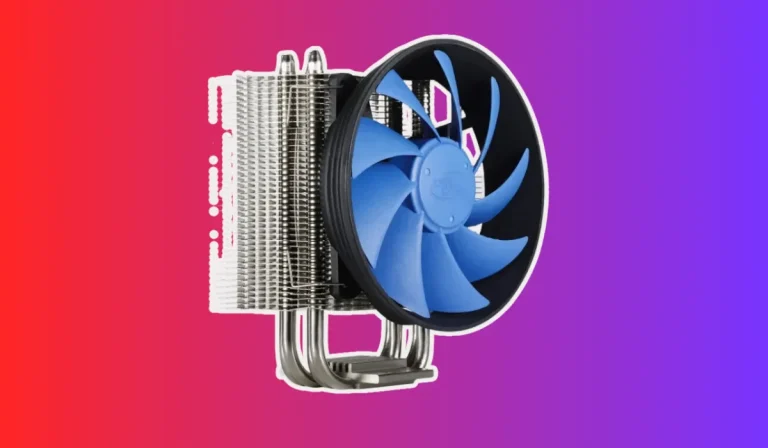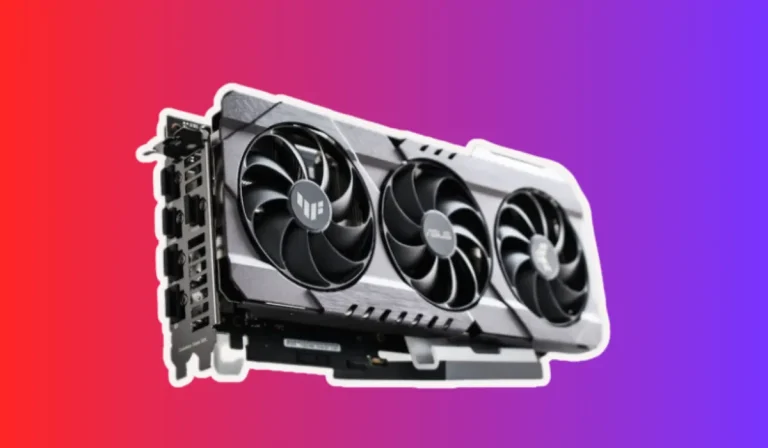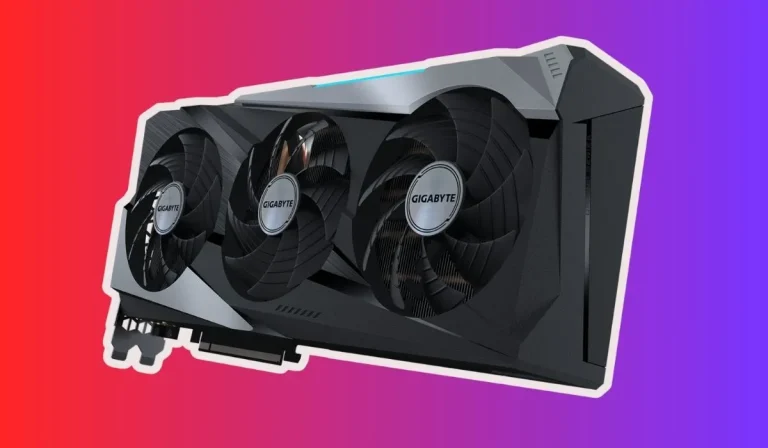What is Coil Whine, and How Does it Affect My Video Card?
Coil whine—ever heard of it? If you own a video card, you might have experienced this pesky phenomenon. But what exactly is coil whine, and how does it impact your beloved graphics powerhouse? Don’t worry, we’ve got you covered.
In this blog post, we’ll demystify coil whine in plain English, so you can understand its effects on your video card without breaking a sweat. So, let’s dive in and unravel the mysteries of coil whine together!
Effects of Coil Whine on Video Cards
A coil whine is an annoying high-pitched noise that can arise from your video card. While it may not directly impact the functionality or lifespan of your card, it does have some effects worth considering. Here, we will explore the potential implications of coil whine on your video card.
Impact on User Experience
The primary effect of coil whine is on the user experience. The constant squealing or buzzing noise can be distracting, especially during intense gaming sessions or when working on audio or video projects that require a quiet environment. The noise can disrupt immersion and reduce enjoyment while using your video card.
Noise Levels
Coil whine tends to be more noticeable in high-performance video cards that draw more power and generate more heat. This means that under heavy load or when running demanding applications, the noise can become more pronounced. However, it’s important to note that the noise levels can vary between different video card models and even among individual units.
Annoyance Factor
The subjective nature of annoyance plays a role in the impact of coil whine. While some individuals may find the noise bothersome and distracting, others may not be as sensitive to it. However, if you are someone who values a quiet computing experience, coil whine can be a source of frustration.
Long-Term Effects
Fortunately, coil whine does not pose any long-term risks to your video card’s lifespan or performance. It is primarily a byproduct of the card’s electrical components and does not indicate any underlying damage or malfunction. Therefore, you can rest assured that your video card will continue to function properly despite the presence of coil whine.
Identifying Coil Whine
Here, we will discuss how you can recognize coil whine and distinguish it from other system noises.
Distinctive High-Pitched Sound
Coil whine is characterized by a distinctive high-pitched sound that can resemble a squeal or buzzing noise. It is often more noticeable when your video card is under heavy load or when you are running applications that demand high frame rates. The noise is typically consistent and varies in intensity based on the workload of your video card.
Differentiating from Other Noises
It’s crucial to differentiate coil whine from other system noises to accurately identify it. Coil whine should not be confused with fan noise, which typically has a different sound profile. Additionally, it is important to rule out any mechanical issues or loose components that could also generate noise in your system.
Testing in Isolation
To isolate the source of the noise and confirm it is indeed coil whine, you can perform a simple test. Disconnect any external devices, such as monitors or speakers, and run your video card under load.
Listen closely to identify if the noise is originating from the card itself. This will help you confirm that the noise is a coil whine and not caused by any other components or peripherals.
User Reports and Forums
If you are still unsure whether the noise you are hearing is coil whine, you can consult user reports and forums specific to your video card model. Often, other users who have experienced coil whine with the same card will share their experiences and confirm if the noise aligns with what you are hearing.
Managing and Reducing Coil Whine
Here, we will discuss practical steps you can take to minimize the impact of coil whine on your video card experience.
Updating Graphics Card Drivers
One of the first steps to mitigate coil whine is to ensure your graphics card drivers are up to date. Manufacturers often release driver updates that include optimizations and improvements, which can help reduce the occurrence of coil whine. Check the official website of your graphics card manufacturer for the latest driver updates and install them accordingly.
Adjusting Power Settings
Another method to manage coil whine is to adjust the power settings of your video card. Some video card models allow you to modify power targets and limit the maximum power draw.
By reducing the power consumption, you may be able to alleviate the strain on the card’s electrical components, potentially reducing the occurrence of coil whine.
Improving System Cooling
Heat can contribute to the intensity of coil whine. Ensuring proper system cooling can help manage the noise. Make sure your computer case has adequate airflow and that fans are functioning optimally.
Additionally, consider installing additional cooling solutions, such as aftermarket graphics card coolers or case fans, to keep temperatures under control.
Using a High-Quality Power Supply
The power supply unit (PSU) plays a crucial role in powering your video card. Using a high-quality PSU can help minimize the occurrence of coil whine.
Look for power supplies that are known for stable power delivery and low electrical noise. Investing in a reputable brand and higher wattage PSU can often make a difference in reducing coil whine.
FAQ’s
1. What is coil whine?
A coil whine is a high-pitched noise that can occur in electronic devices, including video cards. It is caused by vibrations in the electrical components, particularly the inductors or coils when they are subjected to varying electrical currents.
2. How does coil whine affect my video card?
While coil whine itself doesn’t typically impact the performance or longevity of a video card, it can be an annoyance due to the audible noise it produces. The intensity of the noise can vary depending on the workload of the card, such as when running demanding applications or games.
3. Is coil whine a sign of a defective video card?
Not necessarily. Coil whine can occur in perfectly functional video cards and is often a result of the specific electrical characteristics of the components. However, excessive or sudden onset of coil whine may indicate a problem with the card’s electrical circuitry or power delivery, which may require further investigation.
4. Can coil whine be fixed or eliminated?
While it is difficult to eliminate coil whine, there are some steps you can take to manage it. Updating graphics card drivers, adjusting power settings, improving system cooling, and using a high-quality power supply can help minimize the occurrence and intensity of coil whine.
5. Does coil whine void the warranty of my video card?
In most cases, the coil whine itself does not void the warranty of a video card. However, if the noise is accompanied by other issues or if it is determined that the card is defective, it may be covered under the warranty.
Conclusion
A coil whine is a high-pitched noise that can occur in video cards due to vibrations in the electrical components. While it doesn’t typically impact performance, it can be bothersome. By understanding its nature and taking steps to manage it, such as updating drivers and improving cooling, you can enhance your video card experience.



